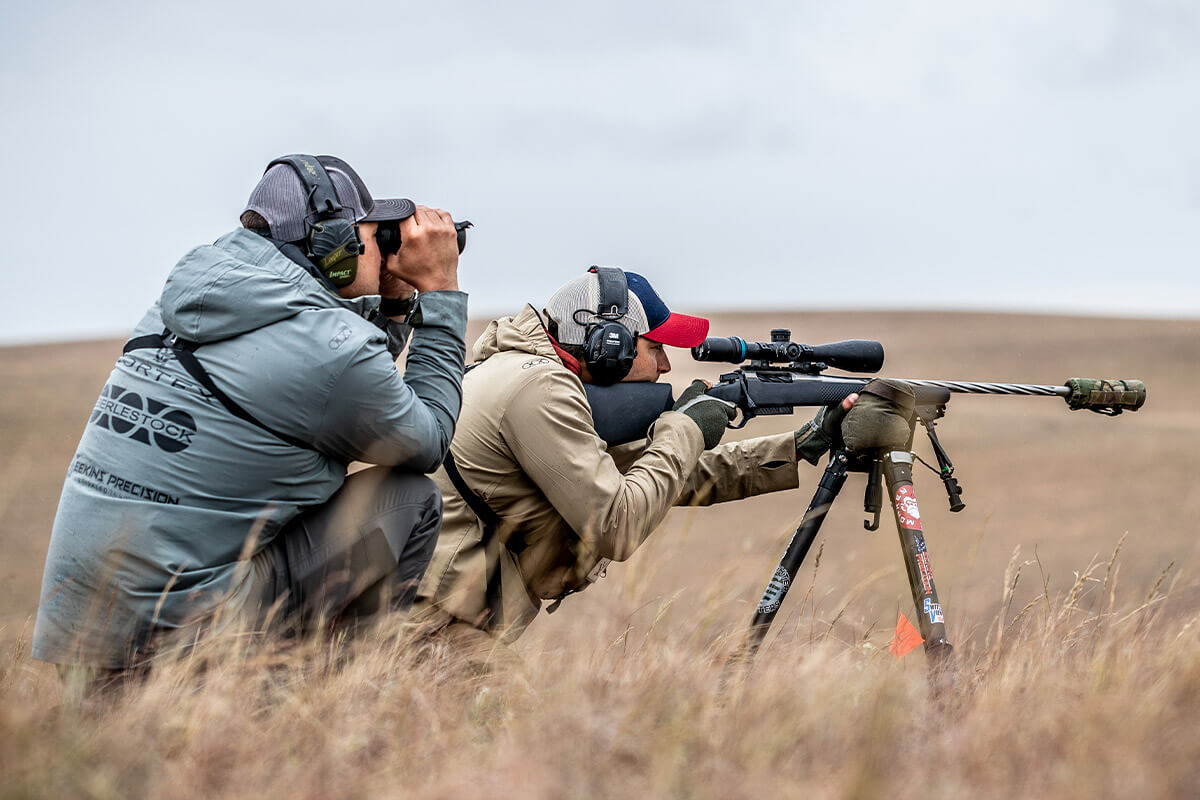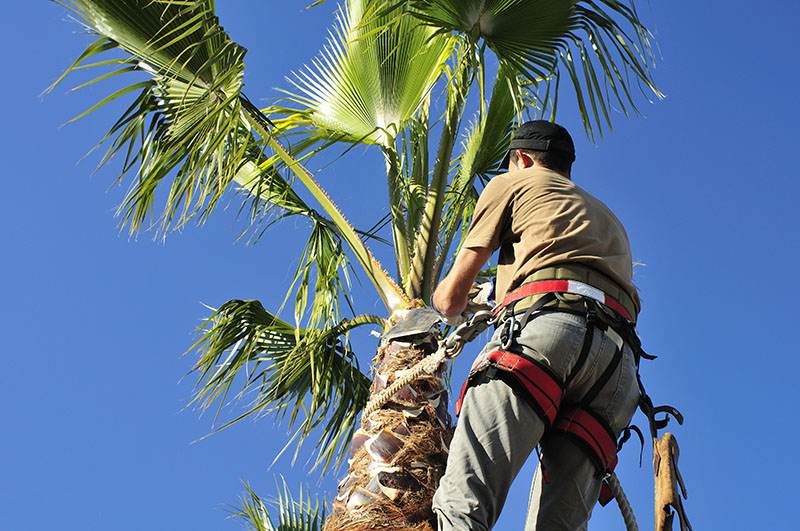Selecting the right rifle caliber for hunting is essential to ensure a successful, ethical, and enjoyable experience. The choice can be overwhelming, with a multitude of calibers available, each suited to specific types of game and hunting conditions. Here we provide a comprehensive guide to help hunters choose the best rifle caliber for their game.
Understanding Rifle Calibers
Before delving into caliber selection, it’s important to understand what a rifle caliber is. Simply put, the caliber of a rifle is the diameter of the barrel’s internal bore and, consequently, the diameter of the bullet that is fired through it. Calibers are typically measured in millimeters or inches. For example, a .30-06 Springfield has a bullet diameter of .30 inches.
Factors to Consider
- Type of Game: The most critical factor is the type and size of the game you plan to hunt. Smaller game like rabbits or squirrels require a smaller caliber to avoid excessive meat damage. In contrast, larger game like elk or moose require larger, more powerful calibers for ethical, humane kills.
- Range: Consider the distance at which you’ll be shooting. Longer shots require calibers with flatter trajectories and higher velocities, such as the .270 Winchester or .300 Winchester Magnum.
- Recoil Sensitivity: If you are sensitive to recoil, opt for calibers that offer less kick. This aspect is crucial for ensuring shot accuracy and overall comfort during the hunt.
- Local Regulations: Always be aware of local hunting regulations as some areas have restrictions on the calibers that can be used for certain game.
- Ammunition Availability: Choose a caliber for which ammunition is readily available in your region. Popular calibers like .308 Winchester or .223 Remington are generally easier to find.
- Versatility: Some hunters prefer versatile calibers that can be used for various types of game. The 300 Blackout is an example of a versatile caliber that’s suitable for a range of medium-sized game and offers good performance in both suppressed and unsuppressed firearms.
Recommended Calibers for Various Game
- Small Game (Rabbits, Squirrels): .22 Long Rifle, .17 HMR
- Medium Game (Deer, Antelope): .243 Winchester, .30-30 Winchester, 6.5 Creedmoor
- Large Game (Elk, Moose): .30-06 Springfield, .300 Winchester Magnum, 7mm Remington Magnum
- Varmints (Prairie Dogs, Groundhogs): .204 Ruger, .22-250 Remington
- Dangerous Game (Bear, Bison): .375 H&H Magnum, .458 Winchester Magnum
Ballistics and Performance
Understanding the ballistics of a caliber is crucial. Ballistics refers to the science of the movement and behavior of bullets. Key aspects include:
- Velocity: The speed of the bullet, which affects its trajectory and impact energy.
- Trajectory: The path the bullet takes, which is important for long-range shooting.
- Energy: The power the bullet carries, which is vital for ensuring a quick, humane kill.
Practical Considerations
- Rifle Compatibility: Ensure that your rifle is chambered for the caliber you choose.
- Skill Level: Less experienced shooters might start with calibers that are easier to handle and have less recoil.
- Budget: The cost of ammunition can vary greatly between calibers. Consider your budget when choosing.
Ethical Considerations
The ethics of hunting require making every effort to ensure a quick, humane kill. This responsibility dictates choosing a caliber powerful enough to ethically kill the game you are hunting, without causing unnecessary suffering.
Conclusion:
Selecting the right rifle caliber for hunting is a blend of understanding the game, knowing your own capabilities, and considering practical aspects like ammunition availability and rifle compatibility. Remember, no single caliber is perfect for all situations. It’s about finding the best match for your specific hunting needs and ensuring an ethical, enjoyable, and successful hunting experience. By considering the factors outlined in this guide, hunters can make informed decisions and enjoy the rich tradition of hunting with confidence and respect for the game they pursue.






